Market Trends
Key Emerging Trends in the Wine Cork Market
The wine cork market is subject to various trends that reflect the evolving consumer preferences and the changing landscape of the wine industry. One notable trend is the resurgence of interest in natural cork closures. After facing competition from synthetic corks and screw caps, natural cork has experienced a revival driven by a growing awareness of sustainability. Consumers increasingly value eco-friendly choices, and natural cork, biodegradable and renewable, aligns well with this environmental consciousness. Another prominent trend in the wine cork market is the rise of alternative closures. While natural cork remains a traditional choice, winemakers are exploring innovative closures to cater to diverse consumer needs. Synthetic corks and screw caps have gained popularity due to their consistency in preventing wine spoilage and ease of use. The trend towards alternative closures is not just about functionality but reflects a shift in consumer attitudes towards embracing modern and convenient packaging solutions. Globalization has also impacted market trends in the wine cork industry. As wine consumption becomes more widespread globally, the demand for different types of closures varies across regions. Certain markets may prefer traditional natural cork, while others may lean towards the practicality of synthetic closures. Winemakers must adapt to these regional preferences, creating a more diverse and dynamic market landscape. The advent of technology is influencing market trends in the wine cork sector. Smart and connected packaging solutions are gaining traction, allowing consumers to access information about the wine, its origin, and even temperature control through embedded sensors. This trend enhances the overall consumer experience and opens up new avenues for branding and marketing strategies in the competitive wine market. Additionally, customization is emerging as a notable trend in the wine cork market. Wineries are increasingly seeking unique and personalized closures to distinguish their brands. Customized logos, engravings, and even personalized messages on cork stoppers contribute to the overall brand identity and create a memorable experience for consumers. This trend aligns with the wine industry's broader shift towards artisanal and craft approaches. E-commerce is reshaping how wine is bought and sold, and this trend extends to the choice of closures. Online retailers and direct-to-consumer sales channels allow winemakers to showcase their products to a larger base. The packaging, including the type of cork closure, becomes a crucial element in attracting online consumers. This trend underscores the importance of visual appeal and differentiation in a digital marketplace. The wine cork market is witnessing several trends that reflect the complex interplay of consumer preferences, environmental considerations, technological advancements, and global influences. The resurgence of natural cork, the exploration of alternative closures, regional variations in preferences, technological innovations, customization, and the impact of e-commerce are all contributing to the dynamic landscape of the wine cork sector. As winemakers navigate these trends, they are shaping the future of wine bottle closures and responding to the evolving demands of a diverse and discerning consumer base.

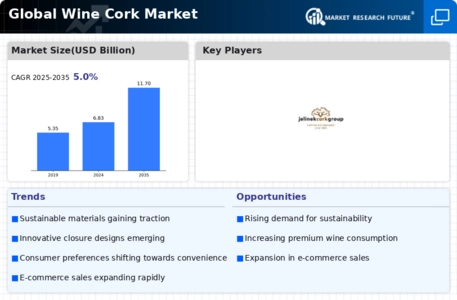
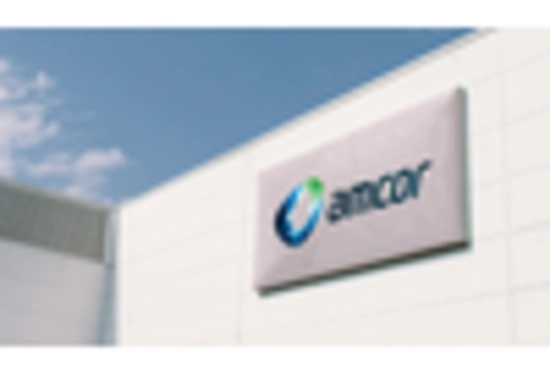
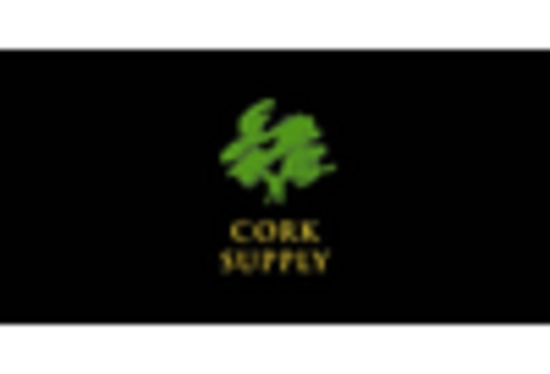
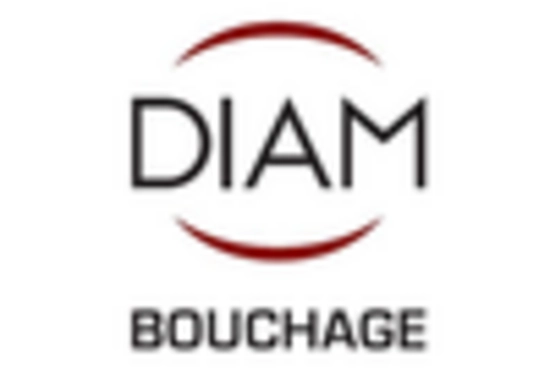
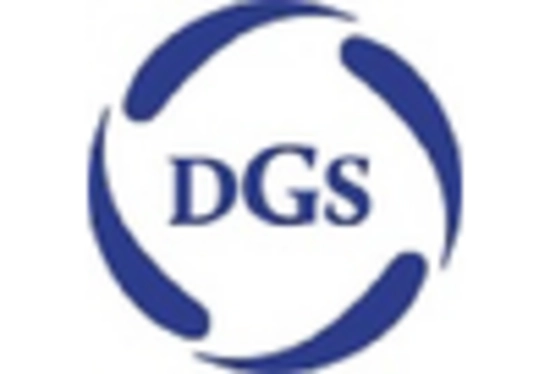
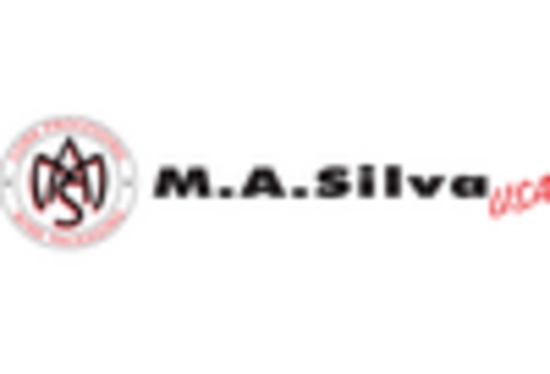
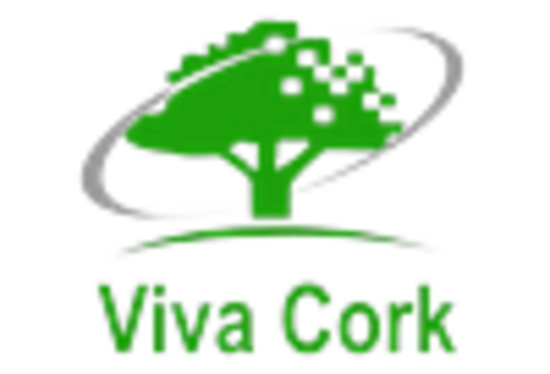









Leave a Comment